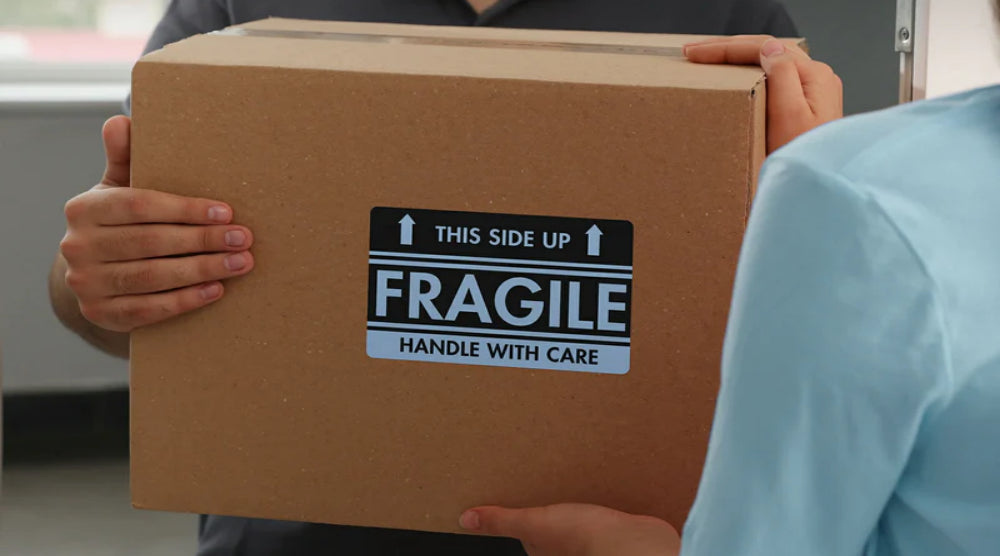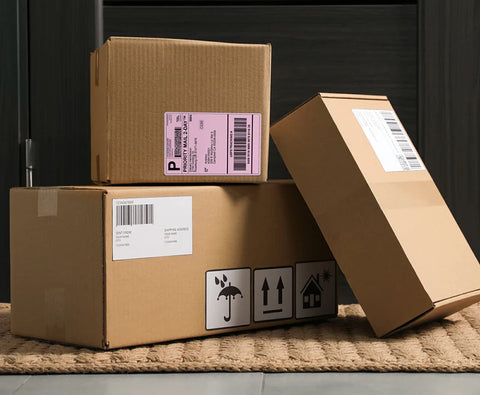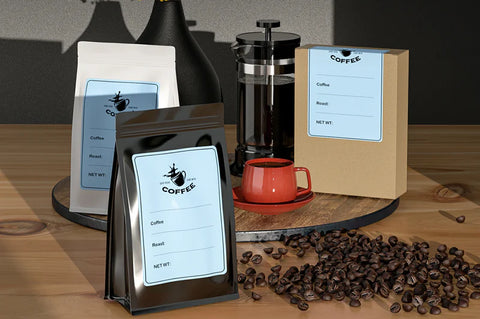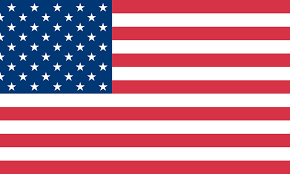How to Choose the Right Size Shipping Box?

In the bustling world of e-commerce and online shopping, businesses understand that the journey their products take from warehouse to doorstep is just as critical as the quality of the goods themselves.
Choosing the right size shipping box is a crucial decision in the process of delivering products to customers. It ensures that goods arrive safely, minimizes shipping costs, and can even enhance brand image. This detailed guide will aid you in selecting the perfect box for your items.
Product Considerations
Product Style
Before deciding on the box size, consider the product's material composition and their properties.
- Fragility: Is it fragile or durable? For delicate items, the risk of damage during transit is higher, so investing in protective packaging is essential. Packing paper or foam cushioning can provide excellent cushioning for breakable objects, while high-quality tapes and shipping labels ensure the package remains secure and easily identifiable equipped with thermal label printers.
- Perishability: Food items or pharmaceuticals often need packaging that extends shelf life. This could involve vacuum sealing, refrigeration packs, or moisture-controlled environments.
- Shape: Custom-shaped or irregular Items may require custom-designed packaging or supportive braces to keep the product from shifting during transit.

Size Categories
Products come in various sizes, and choosing the correct box size contributes to their safety. A snug fit is key—it should be large enough to accommodate the item and any necessary packing materials but not so large that the item can shift around during transport.
To measure a medium-sized hardbound book as an example. Measuring its length, width, and height and adding approximately half an inch to each dimension can give you the room needed for protective padding while avoiding excess space that could cause the book to tumble around.
If you're shipping multiple items in one box, consider their total dimensions when grouped as they will be packed, allowing space for any necessary protective material. You can use a thermal label printer to print labels that reflect the box's size content, adding professionalism and aiding in handling by carriers.
Quantity Assessment
When dealing with multiple items, assess whether a larger box or several smaller boxes is more suitable. Larger shipments might benefit from a single, appropriately sized box that can hold everything securely, perhaps with dividers. In contrast, smaller quantities may be best shipped in individual smaller boxes to reduce weight and potential handling issues.
Shipping Cost Optimization
Shipping costs can skyrocket if not carefully managed. The size and weight of your package directly affect these costs. To optimize expenses:
- Use lightweight yet durable boxes.
- Select a box that's just big enough to include the item and padding.
- If possible, use standard-size boxes, which are often more affordable and may qualify for carrier-provided discounts. However, the availability of such discounts may vary depending on the chosen carrier and the specific service level you select. There are some common standard sizes:
- Small items: Approximately 4 x 6 x 7"
- Medium items: Approximately 17 x 8 x 11"
- Large items: Approximately 21 x 11 x 14"

While ensuring the box is as small as possible without compromising the item's protection, also keep in mind the dimensional weight pricing used by many carriers, where the size of the box can have as much impact on price as the actual weight of the package. When the packaging weight is the same, the larger the size, the higher the cost.
Brand Personalized Customization
Your shipping box is more than a vessel—it's a branding opportunity. Consider custom-printed boxes that showcase your logo or use eco-friendly materials to highlight your brand’s sustainability efforts. First impressions count, and the box is often the first physical touch point with your customer.
Once you've chosen the appropriate box, it's time to personalize it for your brand. Consider securing the box with strong packing tape and then applying branded label stickers for easy identification and added professionalism. Make sure to choose strong, reliable tapes to seal the box, keeping in mind that how you present your shipment reflects your company's image.

A thermal label printer is a valuable tool for creating precise, customized shipping labels, ensuring they fit the dimensions of the box perfectly and look professional. These printers can also help you produce branded stickers or other marketing materials to include with your shipment, enhancing customer experience and brand recognition.
Wrap Up
In conclusion, selecting the right shipping box size is pivotal for product safety, cost efficiency, and brand representation. By evaluating the product style, size, and quantity, optimizing shipping costs, and personalizing the packaging, businesses can deliver items effectively and leave a lasting impression on customers.
Remember, a little extra time spent considering the right packaging can result in significant savings and a better unboxing experience for your customers.

